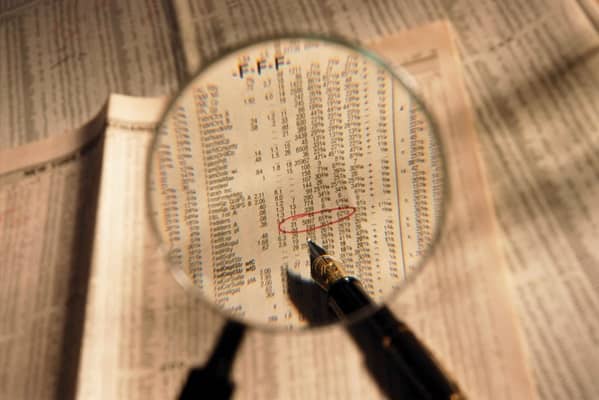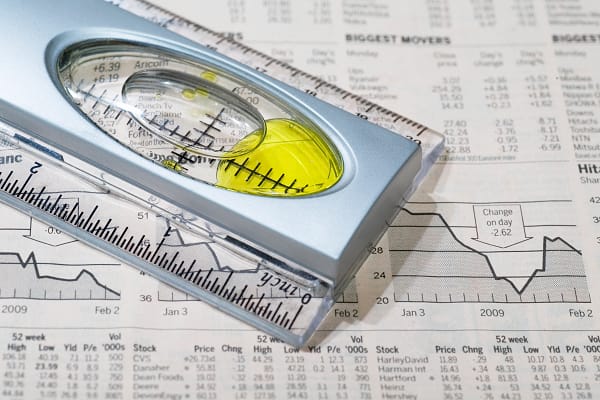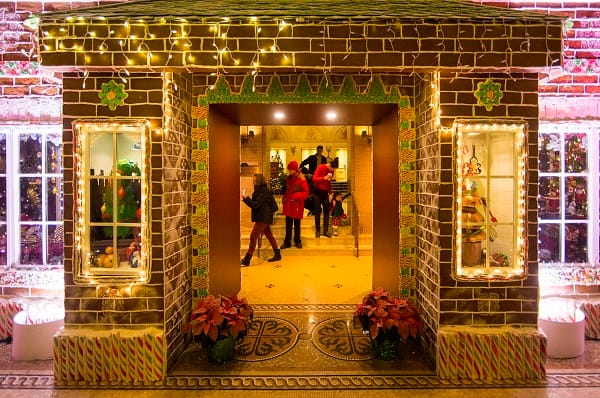After prices skyrocketed last winter, from October 2024 the energy price cap dropped to £1,717 until the end of December. But how much will it cost to keep your Christmas lights on in 2024?
Investment platform Saxo has looked at how much it will cost based on the tradition that Christmas trees are put up at the beginning of Advent, which begins on the fourth Sunday before Christmas (Sunday 3rd December) and ends on the Twelfth Night, January 5th. Meaning Christmas decorations are up for a total of 33 days.
Research suggests the average family has their Christmas lights on for around six hours a day.
Most homes hang more than one string of lights, so two 100-count strings of fairy lights running at 40 watts for six hours would total 80 watts, meaning a 0.48kW output.
Based on the October 2024 energy price cap, which is 24.50p kWh turning on these lights would cost you around 12p a day, or £3.58 a month.
Saxo has compared the cost from ten years ago in 2014 when the energy price cap sat at 14.5p kWh and having your lights on for six hours a day would cost just £0.07 per day and £2.12 per month, almost 60% less than it costs today.
Having your lights on for more than 6 hours a day impacts the cost significantly, so be sure to turn off your lights when you leave the house and before you go to bed to keep the cost down.
However, most homes don’t just have lights and some of the biggest energy consumption might come from your favourite decorations with inflatables being the biggest energy guzzlers, at an average of around 140 watts.
A spokesperson from investment platform Saxo said: “The energy price cap falling to £1,717 in October was good news for consumers after prices soared in recent years.
“While the cost of running Christmas lights for up to six hours a day remains low, the gradual increase of electricity over the past ten years means consumers are paying almost 60% more.
“The effect of inflation on everyday goods, purchases and resources is constantly pushing the cost of everything up over time.”






Leave a Comment